Main Text For the Practice Period
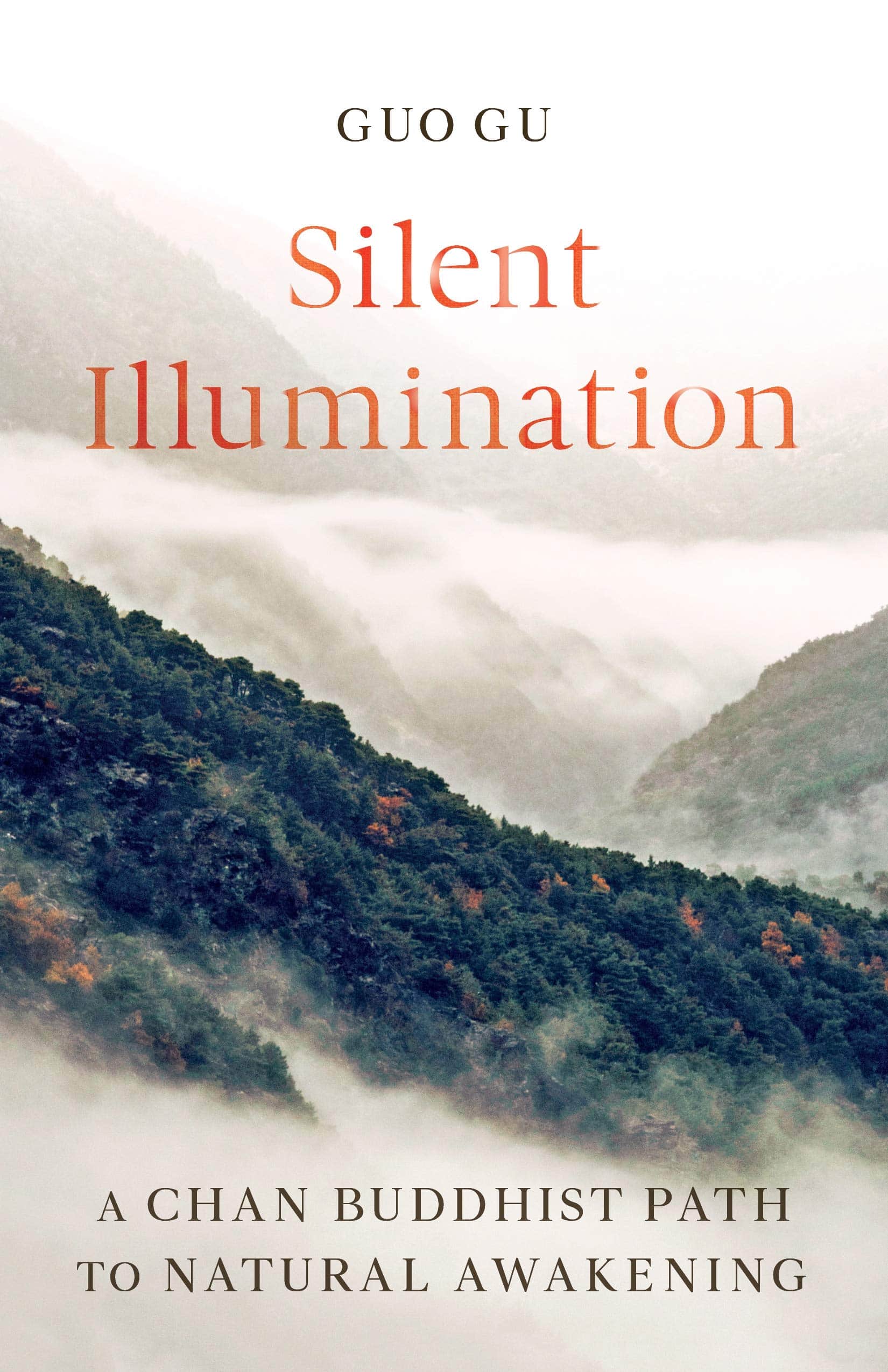
Silent Illumination, by Guo Gu
Guo Gu (aka Jimmy Yu) is dharma heir of the renowned Chan Master Sheng-yen (1931-2009). A Taiwanese-American child of the eighties hardcore punk scene, later a monk, and now a Professor of Chinese Buddhism at Florida State University (PhD, Princeton ’08), he shines a unique light in today’s planetary dharma matrix.
In this book, Guo Gu continues his teacher’s engagement with the Silent Illumination tradition of 12th-century Chinese Chan Master Hongzhi Zhengjue. Down to earth, to the point, grounded in embodiment, the book offers clear, practicable instruction in the method of no-method. The first part of the book provides context and an open gateway to Chan/Zen life; the second is a series of commentaries on Hongzhi, originally presented orally during intensive retreats; the third offers new translations of some familiar passages (i.e. those translated in Cultivating the Empty Field) from Hongzhi’s record of discourses. Guo Gu’s book will serve as our root text for this fall Ango.
Supporting Texts
Cultivating the Empty Field, Master Hongzhi
(translated by Taigen Leighton and Yi Wu)
Quintessential teaching from the great Song Dynasty Chan master; this is a sourcebook for Great Vow’s family wind. Hongzhi’s teachings are collected here in poetic verse, and in more discursive forms. The texts are extracts from Hongzhi’s extensive record of teachings. Also included in the volume are several translations from other Chan ancestors (e.g. Shitou’s Song of the Grass-Roofed Hermitage).
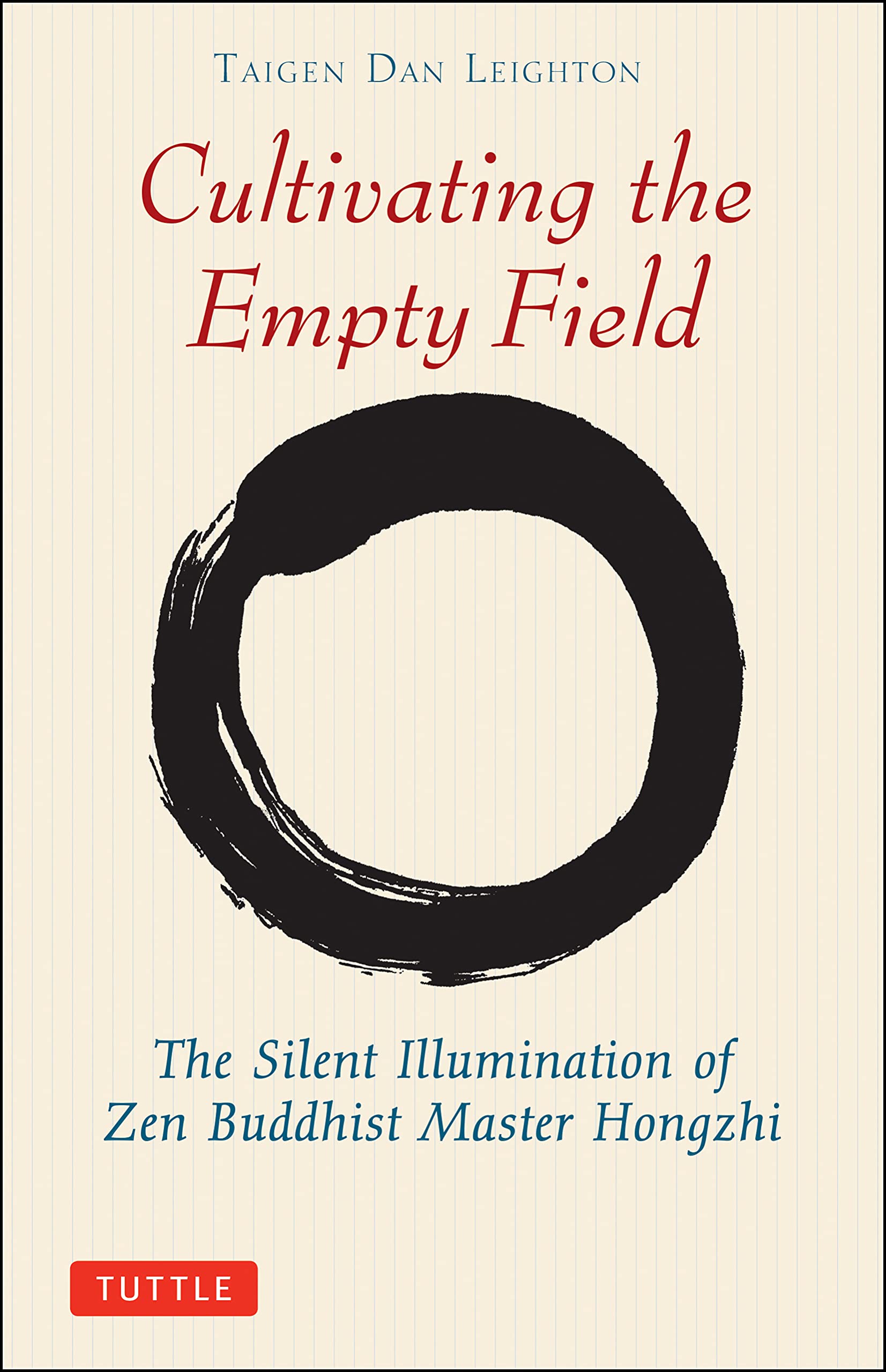
Book of Serenity, Master Hongzhi
(translated by Thomas Cleary)
The practice of koan has long circulated throughout the broad sphere of Chan/Zen influence. Stereotypically, koans are associated with the school of Master Linji (Rinzai). Yet their living form has never been limited by sectarian insularity. This collection by Master Hongzhi sends out streams of influence in many directions, some of which nourish the lineages that became the Soto school in Japan.
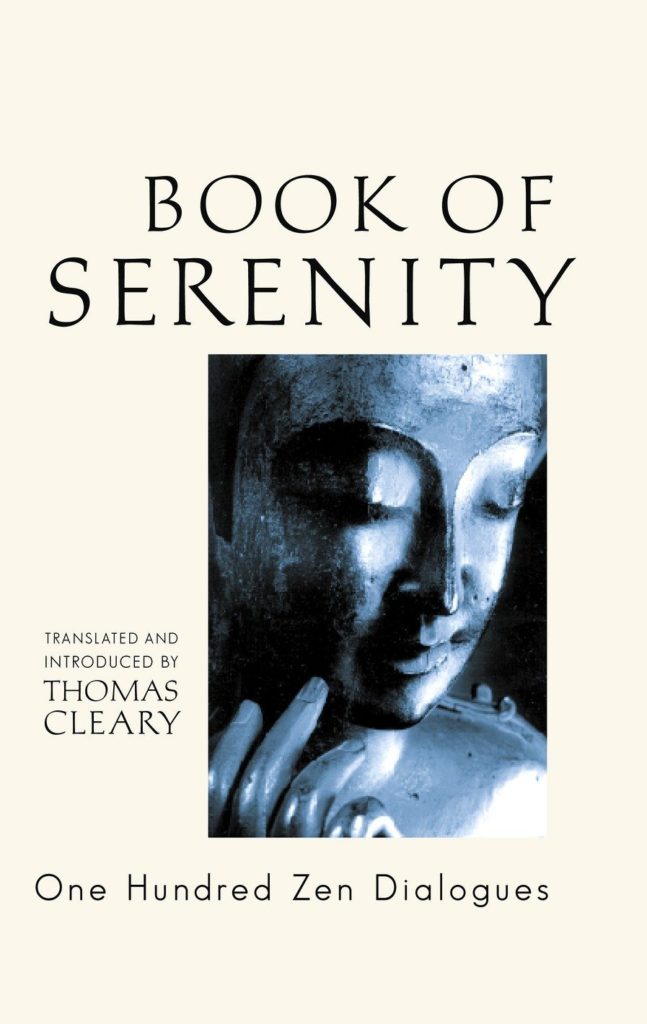
The Method of No-Method, Master Sheng-Yen
(translated by Guo Gu)
Guo Gu, who translated this volume, describes it as “Chan master Sheng-yen’s definitive work on the practice and realization of Silent Illumination, or mozhao.” The book is made up of talks and lectures delivered by Sheng-Yen in retreats and other teaching contexts. In sections two and three, he comments directly on passages from Hongzhi’s discourse records.
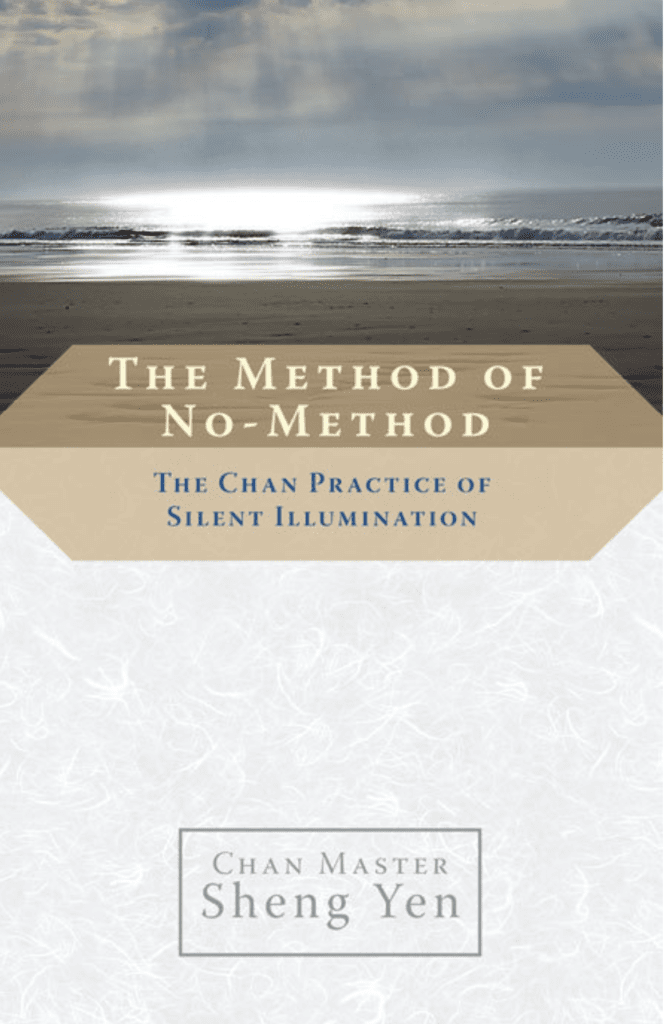
Kensho: The Heart of Zen
(translated by Thomas Cleary)
The late Thomas Cleary’s bundle of Chan/Son/Zen expositions on kensho, the breakthrough experience of enlightenment. These are lineage transmissions, from the places we call China, Korea, and Japan.
In Zen practice, kensho is of the essence. It is an experiential lifeline passed down through all the masters. Remembering the reality of this experience yokes our attention and keeps our aspiration alive midst the stretch of Ango practice.
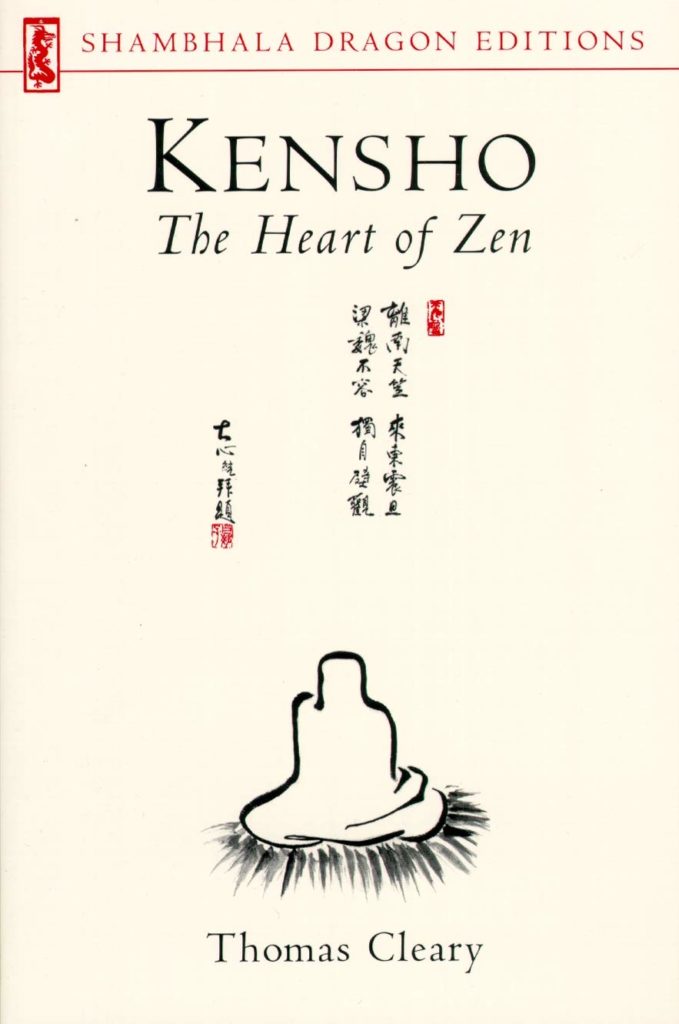
The Light that Shines Through Infinity: Zen and the Energy of Life, Dainin Katagiri Roshi
(edited by Andrea Martin)
Dynamic teachings from Japanese-born Soto Zen master Dainin Katagiri. This text, which views Zen living as a natural movement of kosmic energy (or ki in Japanese) is here to keep the Ango body alive and flowing, lit by intrinsic awareness.
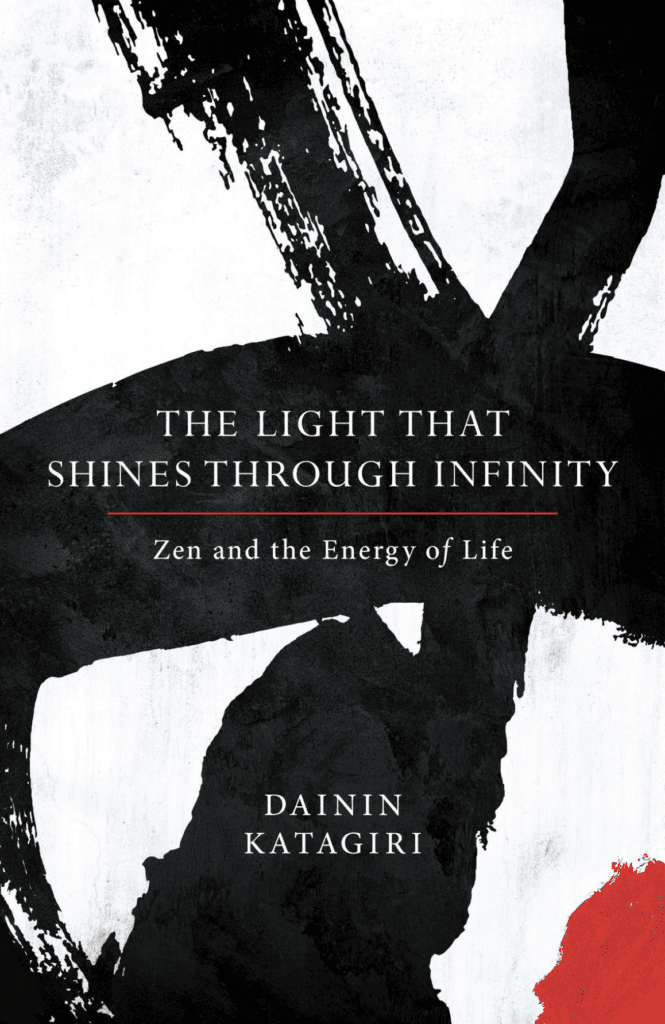
Dzogchen: The Self-Perfected State, Namkhai Norbu Rinpoche
Is enlightenment redundant? How can you attain what is already fully present? Where is Buddha? These and other questions may arise as you drink from the fountain of Tibetan Zen.
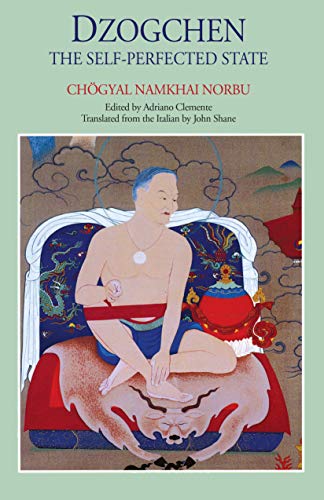
How to Practice Zazen, by Shohaku Okumura Roshi
Sotoshu manual with text
Very straightforward and clear introduction to Soto Zen Buddhism, and to zazen (staying in meditation) as a way of life. Helpful, wide-ranging instruction on breath, posture, and mind are offered by one of our day’s great zazen masters. This is not just a brochure issued by Soto Zen headquarters, but a practice manual of very high quality and depth.
Zen Is For Everyone, Zhi Yi
classic Shamatha/Vispasyana meditation manual
(translated and adapted for practical use by Michael Saso)
This classic how-to text on the two main modes of Buddhist meditation (shamatha, or calm abiding; and vipasyana, or insight) is attributed to the 6th-century Chinese Tientai master Zhi Yi. Here it is skillfully reimagined and attractively repackaged as an introduction to Zen meditation by Dr. Michael Saso and University of Hawai’i Press.
This manual has been a foundational source-text for many of the Mahayana Buddhist meditation traditions of East Asia, most notably the Tientai or Tendai school. Its two modes of meditation are often said to be combined in the practice of Silent Illumination.
